A Pythagorean Planter
Earlier in the summer, I was seeking inspiration for a new woodworking project. There were a few factors I considered: I wanted to practice my dovetail joints; I had some old pine planks that my parents were chucking out; I thought I might make a planter to grow some fruit or veg in; and then I randomly came across a short video about of Pythagoras’s Theorem - you know, the one about right-angle triangles. Something deep in my brain went “click” and here we are…
| After some head-scratching, I realised I just needed to make three boxes and then fit them together and the gap would form the right-angle triangle. The first box came out pretty well, but only after some trial and error and some strong language. It’s close enough to 30cm on each side and nearly square. (The blue thing in the foreground is the dovetail jig I used). |
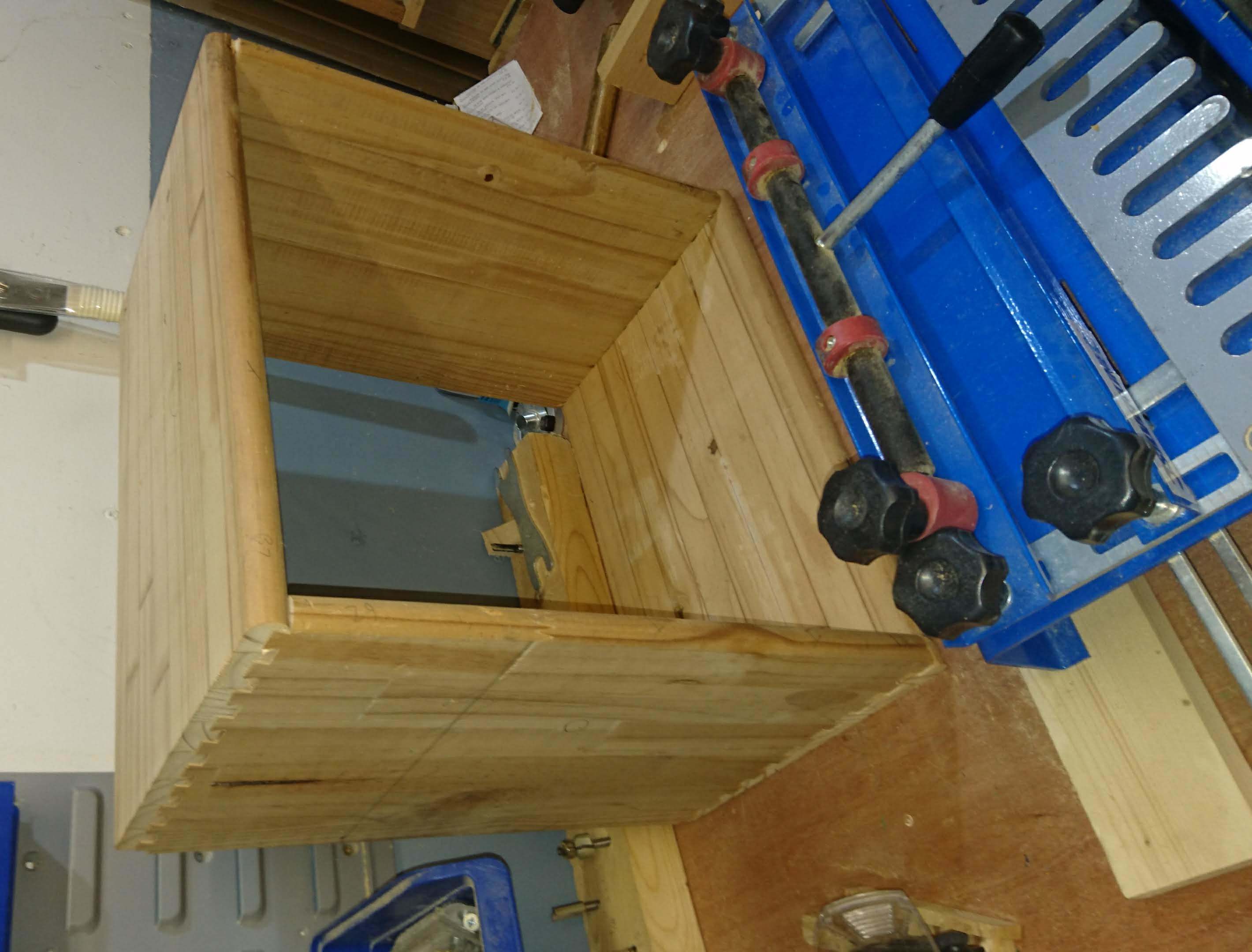 |
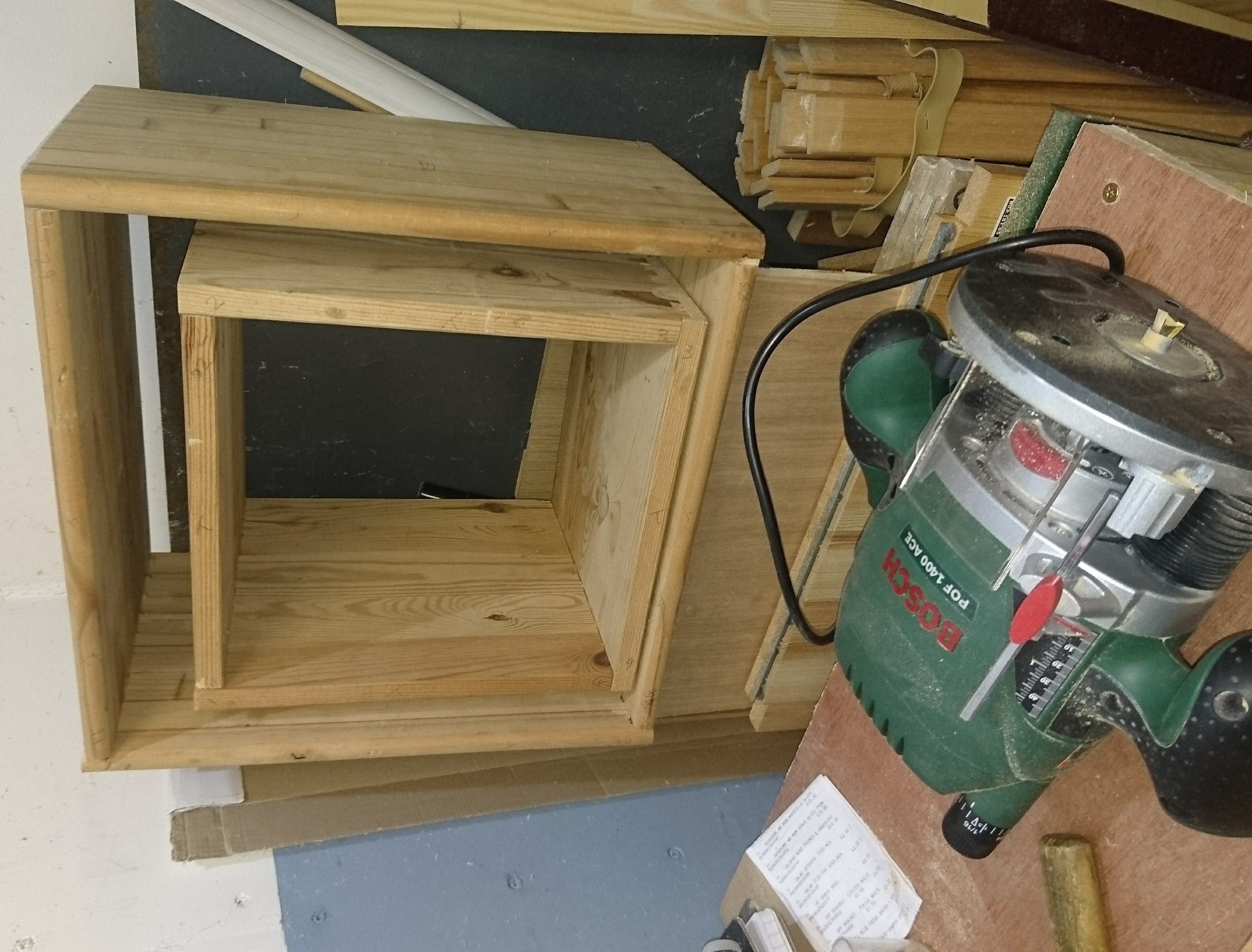 |
Once I’d figured out what I was doing, the second box was straightforward - and 40cm square. (The green thing on its side is the router I used to cut the dovetail joints - it’s like a drill that goes sideways as well as up and down and is very loud…) |
| The last box was 50cm square and was getting to be (nearly) too big for my workbench and the dovetail jig. Here, the three boxes nest prettily inside each other. | 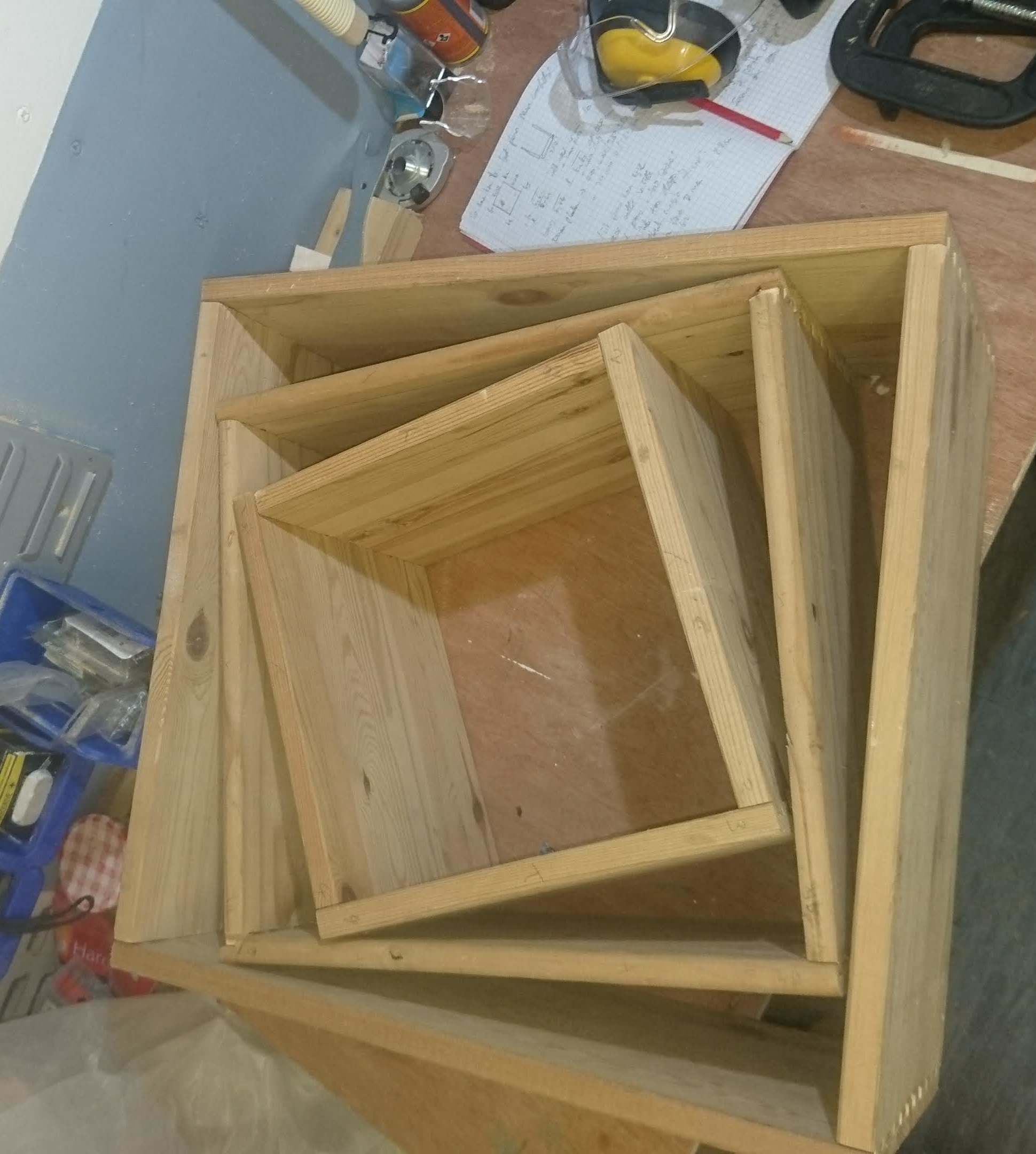 |
 |
When I stepped outside and arranged the three squares on the ground just so, voila! A right-angle triangle appeared in the middle, in the space formed between the three boxes! There was much rejoicing, as my shonky woodwork had failed to disprove a millenia-old equation. |
Speaking of equations, a brief digression in some maths. Below on the left is a sketch of a right-angle triangle with sides a, b and c. What Pythagoras showed is that the square of the hypotenuse (the longest side) is equal to the sum of the squares of the other two sides. So if you take any right-angle triangle and draw three squares, each with edges as long as one side of the triangle, then the area of the largest square is equal to the sum of the areas of the two smaller squares. Hence the famous equation: a² + b² = c².
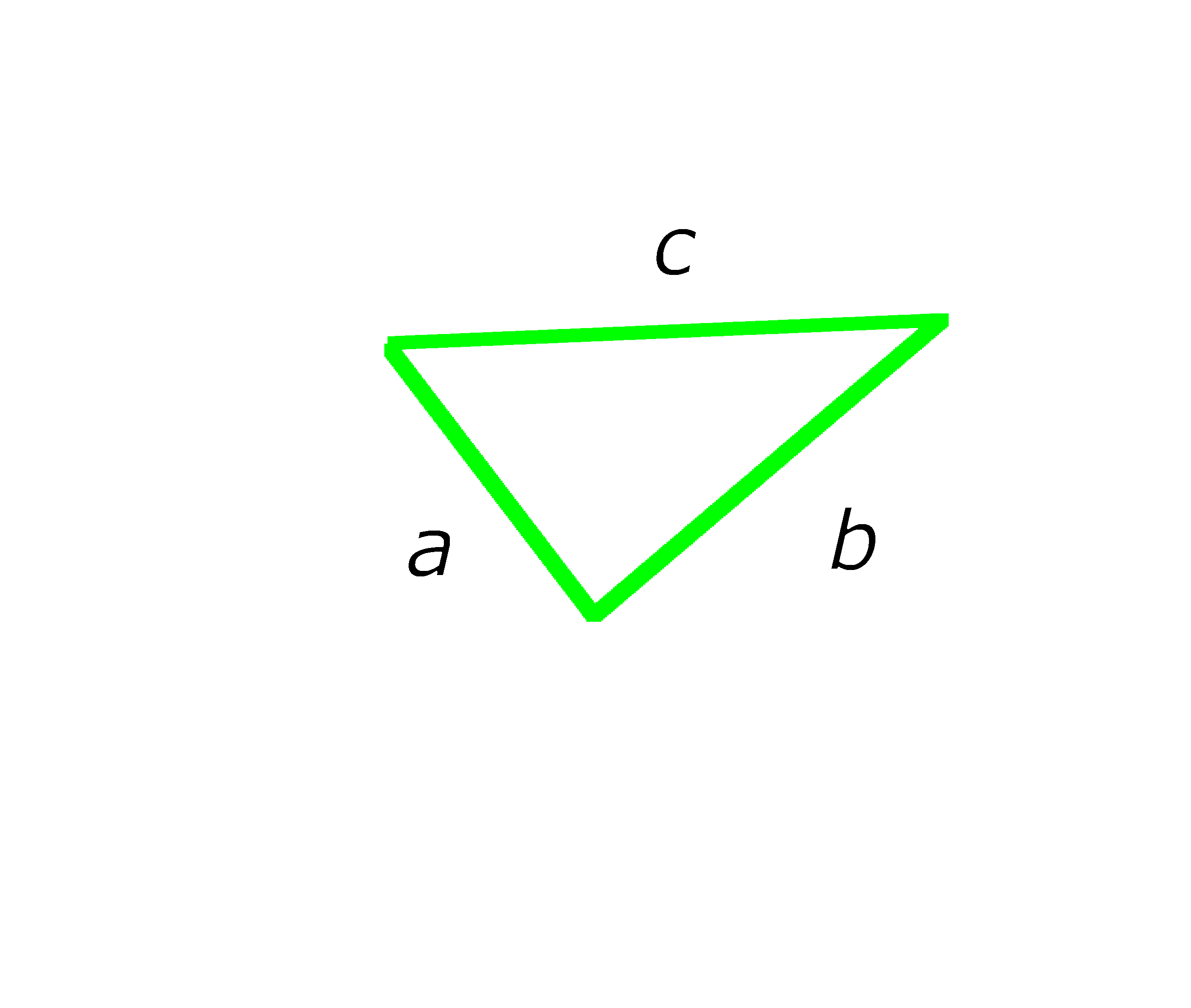 |
 |
| So stretching my graphics skillz to their limits along with my wood skillz, we get this. The three boxes are (a) 30, (b) 40 and (c) 50cm square. And: 30² + 40² = 900 + 1600 = 2500 = 50² (The tiny blue trianges are braces to hold the whole thing together, and the bottom is the back of an old wardrobe that I hacked to pieces.) |
 |
A couple of bonus images of the finished planter. All that remains is to fill the three square parts to the same depth and see if the amount of soil in the two smaller boxes equals the amount of soil in the biggest one…
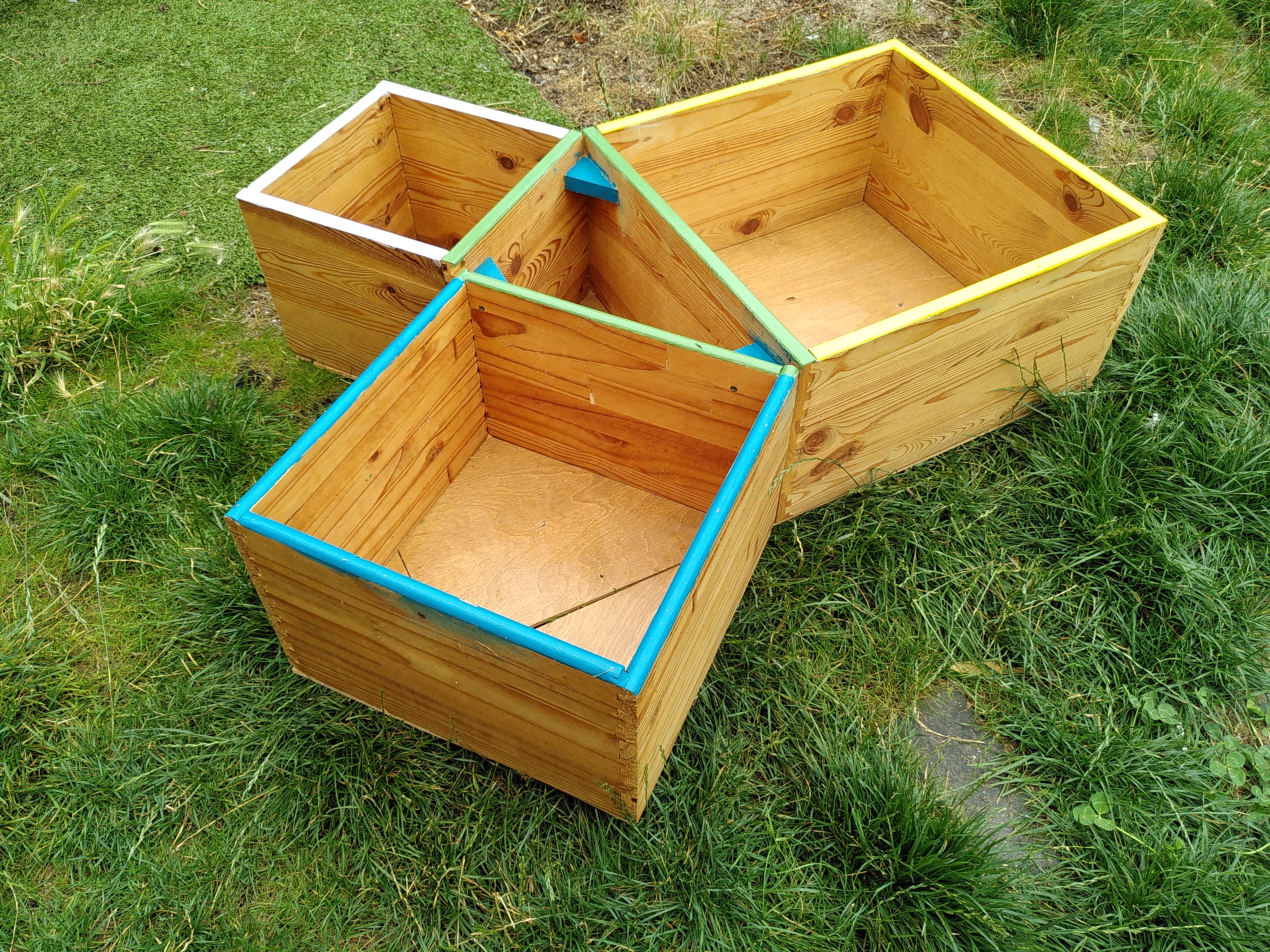 |
 |
For my next trick, I shall prove that P = NP using nothing but some plywood and a hacksaw.